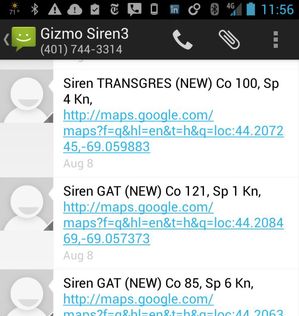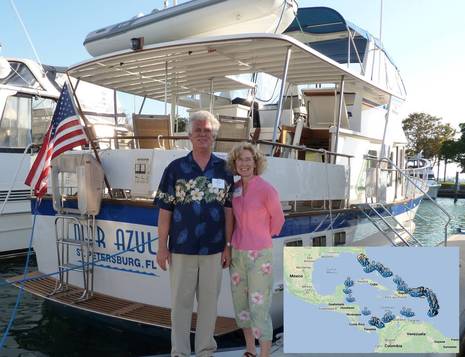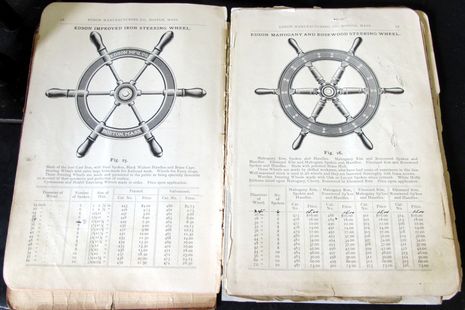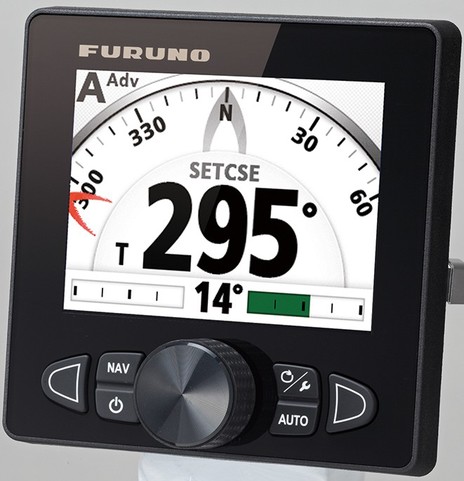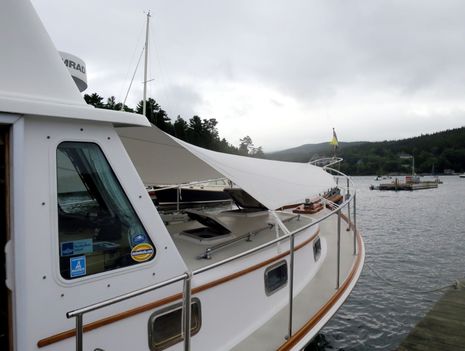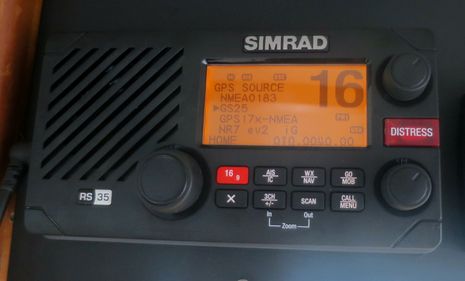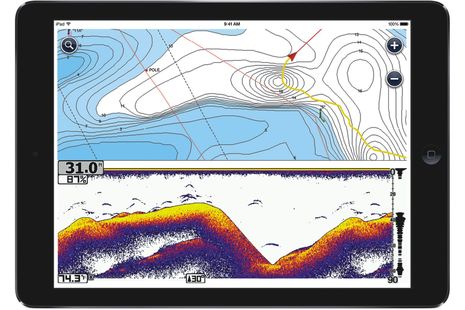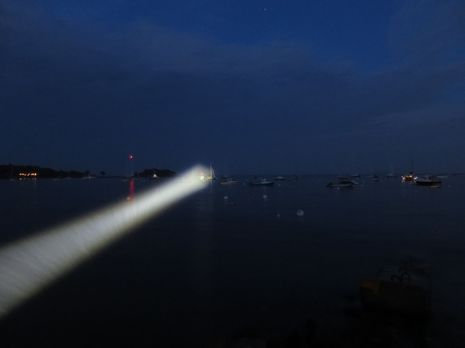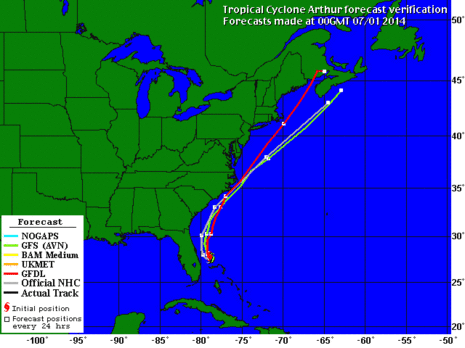Siren Marine cellular boat monitoring long test, reliable & powerful
Boat theft is very rare in Maine, but on a recent Saturday night someone apparently “borrowed” a big twin outboard off a local dock for a “joy ride” during which something was hit hard enough to hole the topsides, and then they put the boat back on the dock and vanished! To my knowledge the mystery remains unsolved, but it sure jogged my memory about the Set feature on the Siren Marine cellular monitoring system I’ve been testing for over two years. The partial phone screen above shows what happened when Gizmo moved more than about 15 meters several days after I texted the “SET” command to the Siren. First I was notified that she’d TRANSGRESsed the geofence set up by the SET command and then the Siren started texting me every five minutes with GAT (Geofence Automatic Time-based) reports that included course, speed and a lat/long link to Google Maps. I could have guided the Maine Marine Patrol to the transgressor pretty quickly, if the “villain” hadn’t been myself…



